The hydroelectric generator is driven by the water turbine, and form a complete unit with pelton, turgo, Francis, kaplan turbine, its installation structure type is usually determined by the type of the turbine.
It is the main power equipment for the production of electric power in hydropower stations. When the water flow quoted by the hydropower station passes through the water turbine, it converts the water energy into mechanical energy that drives the machinery to rotate; the generator converts the mechanical energy into electrical energy for output.
It is composed of Stator, rotor, main shaft, excitation system, cooling system and brake system.
Working principle:
The potential energy of the water is converted into mechanical energy by the hydraulic turbine, and the mechanical energy of the hydraulic turbine is converted into electrical energy by the generator. The specific process is: under the impact of the water flow, the water turbine starts to rotate, converting the potential energy of the water into mechanical energy; the water turbine drives the generator to rotate, and under the action of the excitation current, the rotating rotor drives the excitation magnetic field to rotate, The stator winding of the generator cuts the excitation magnetic field lines to produce electromotive force.
Hydroelectric synchronous generator can be a standalone power supply, can also be multiple machines in parallel into the grid.
The hydroelectric generator always function is peak-load regulation and phase regulation in the grid, because the hydropower unit start and stop quickly, operation scheduling is more flexible.
we can supply the generator capacity from 100KW -20MW, normally, 100KW-7000KW, the generator can use horizontal shaft type.
Excitation system: According to the needs of users, the generator can be equipped with different excitation.
Generally, the small capacity below 2MW can use a brushless excitation device. Large capacity generator always use the static silicon controlled excitation system.
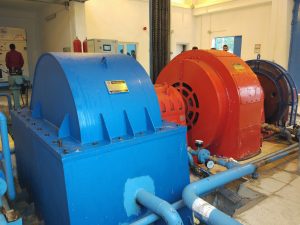
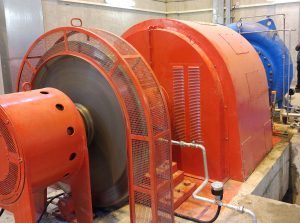
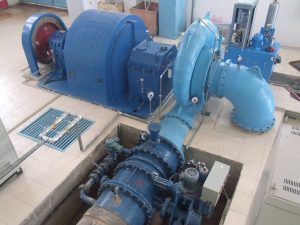
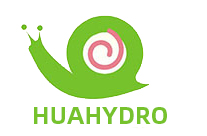
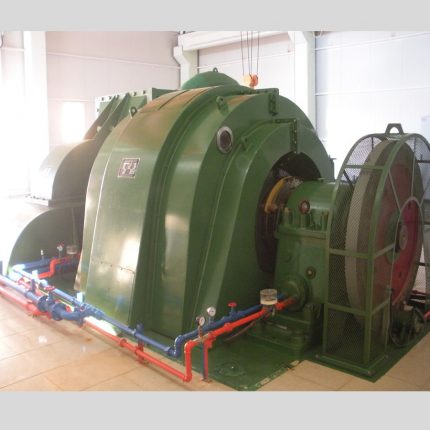
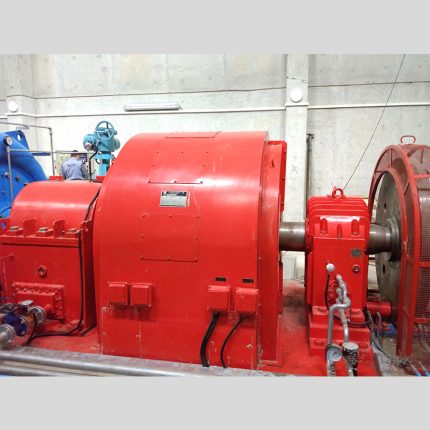
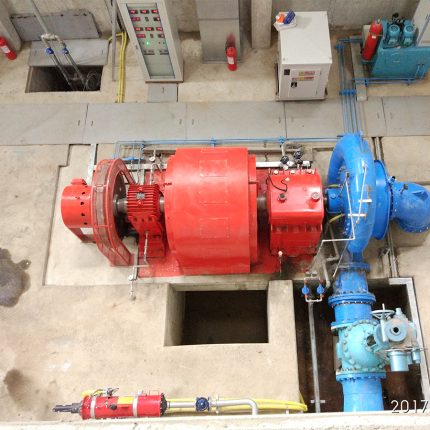
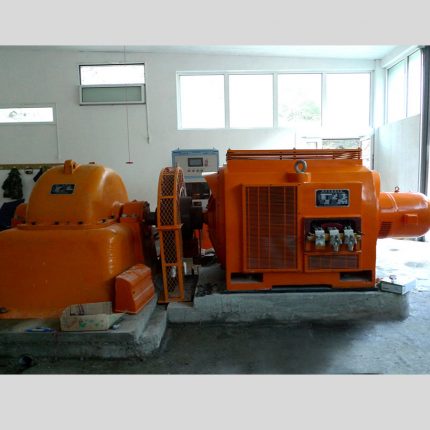
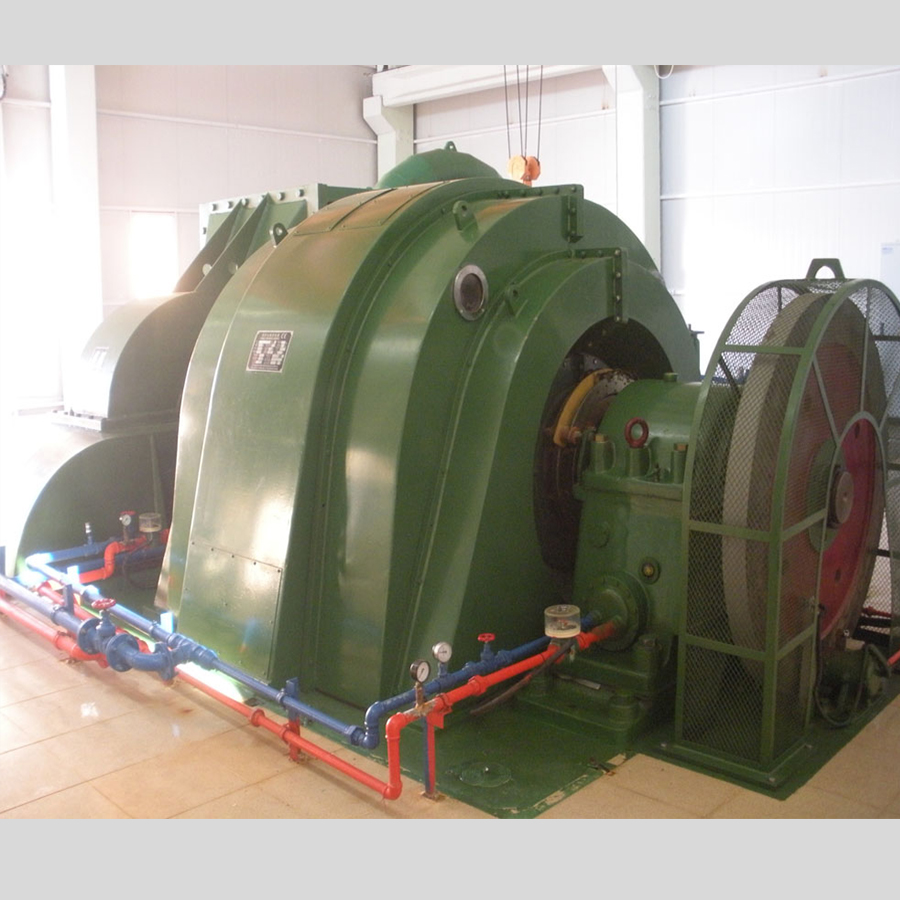
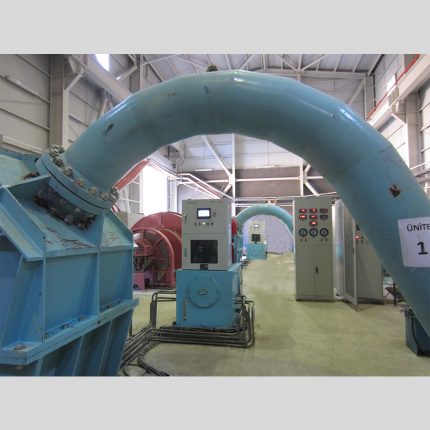
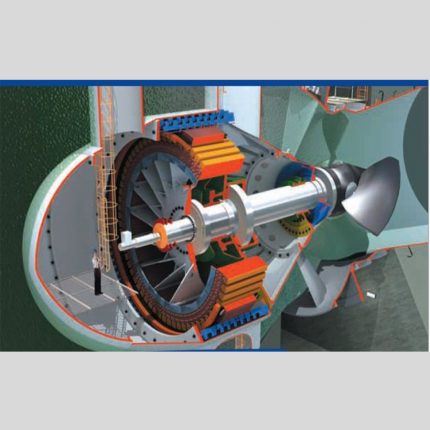

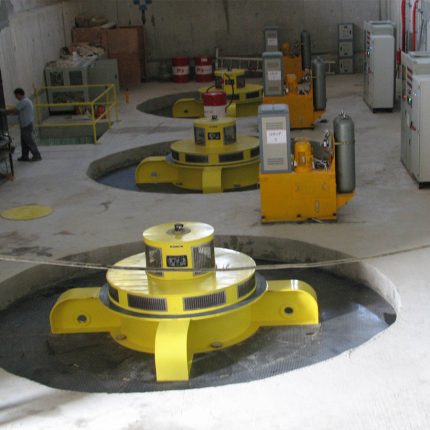
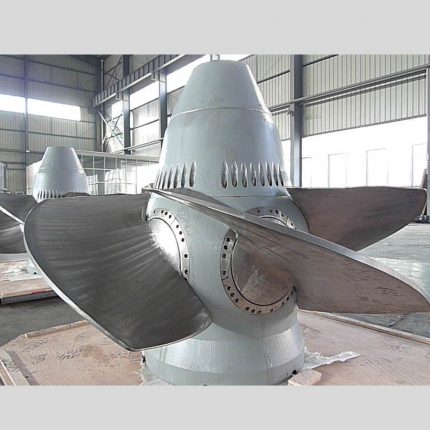
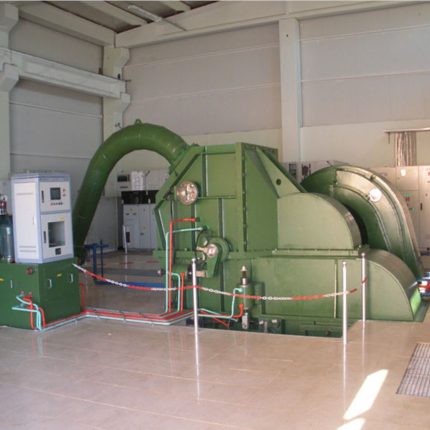
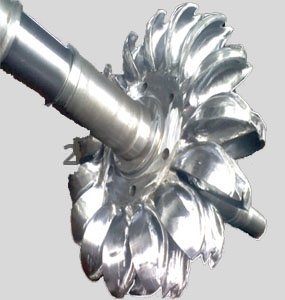
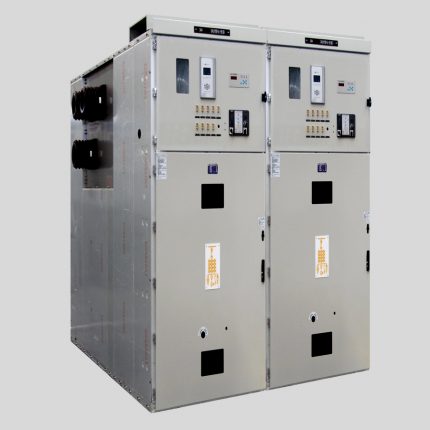
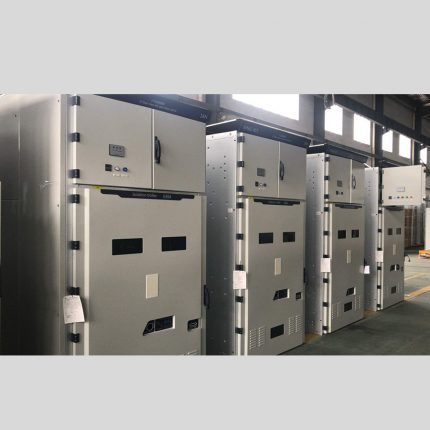
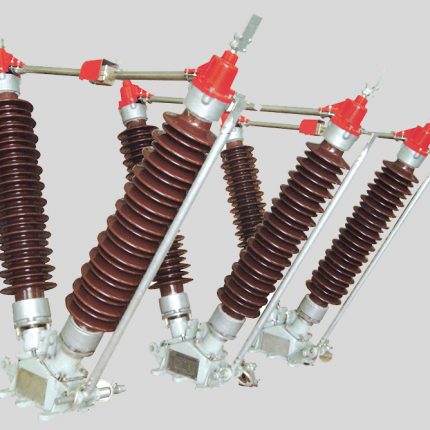
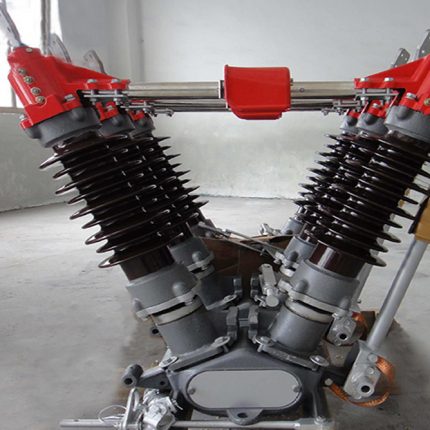
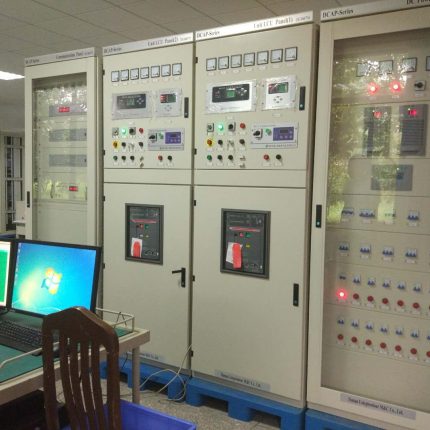
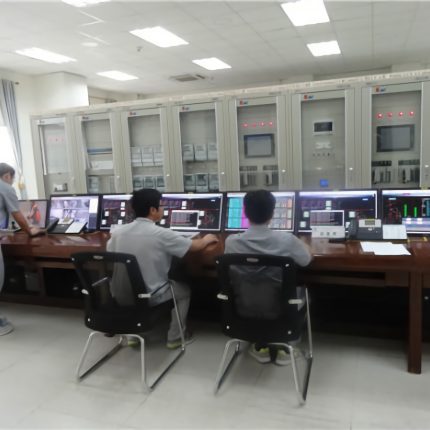
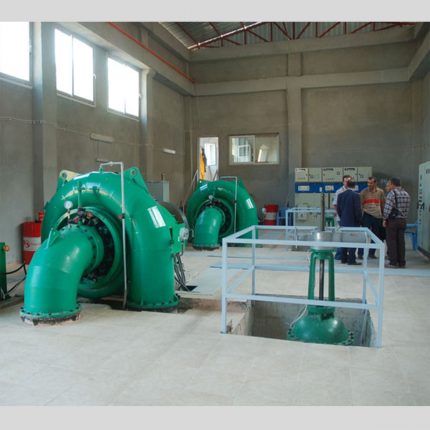
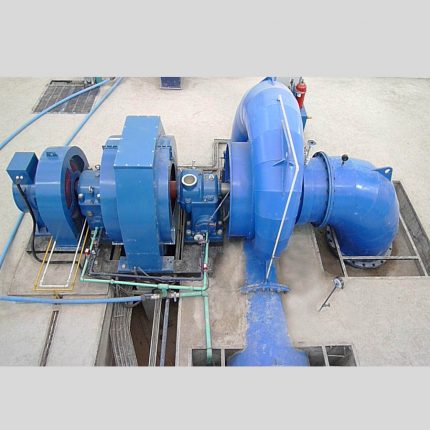
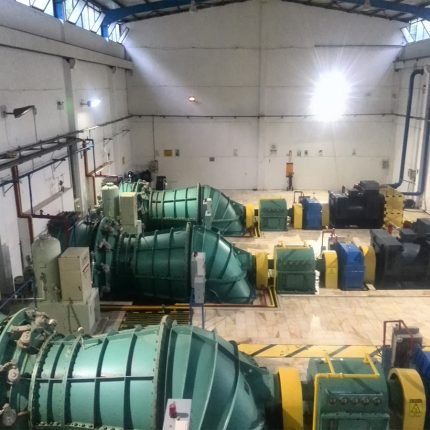
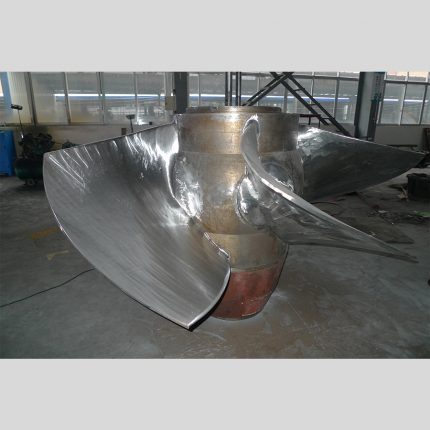

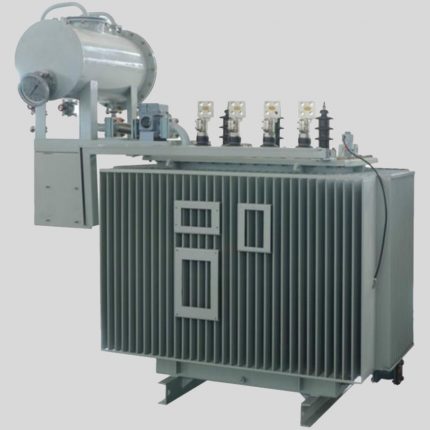

评价
目前还没有评论